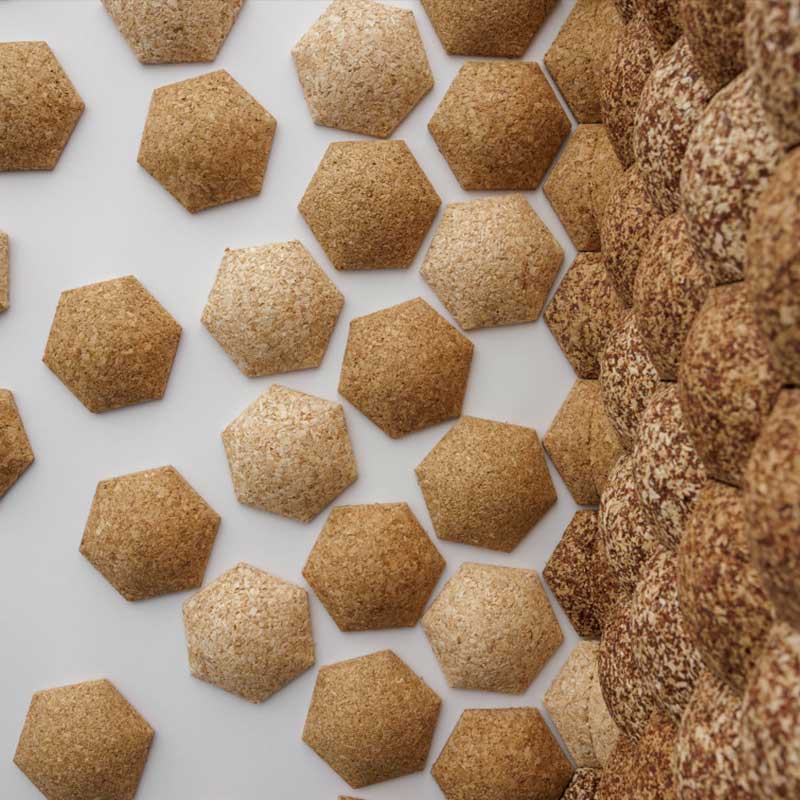
Award-winning British designer and the founder of Less is Better, Henry Swanzy is known for creating aesthetically pleasing, functional alternatives to mass-produced products. This time, the designer dug deeper and decided to take the circular economy up a notch by creating soundproof tiles made out of waste.
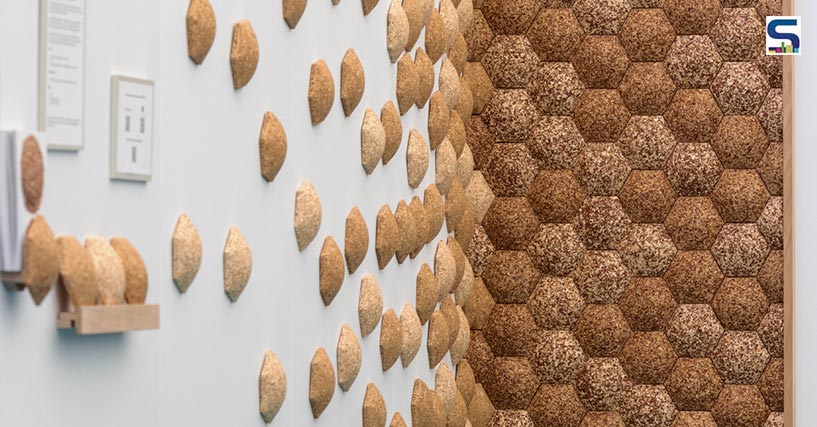
With the aim of reducing waste by reusing products and transforming them into a resource, Swanzy created an acoustic tile covering called HexBix and launched it recently at London’s Clerkenwell Design Week. A detailed report by SURFACES REPORTER (SR).
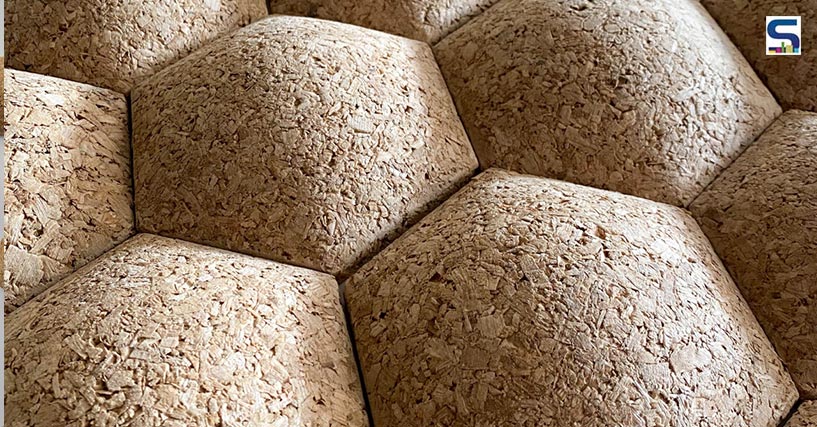
Swanzy decided to apply the principles of sustainability with an artistic touch to the HexBix tiles. According to Swanzy, HexBix are humble acoustic wall tiles. Aside from their pleasing form, for Swanzy, the tiles play an active role in sending a message to his viewers about conservation and sustainable measures. Observing his own furniture scraps as a producer of wood furniture, Swanzy realised he could potentially eliminate the waste by giving it a second life.
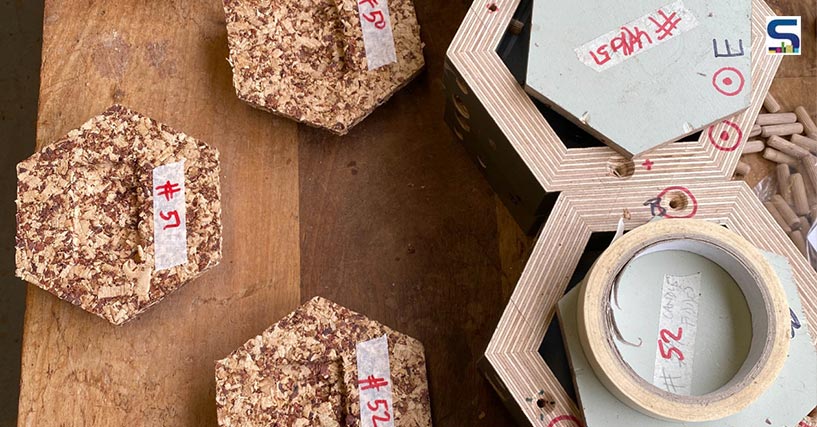
For HexBix tiles, Swanzy used timber waste in bulk. The scraps of wood were uneven and rough and had to be prepared to appear flat and of a certain thickness. Additionally, he also looked at several other local businesses. He even procured cocoa husks from Chocolarder which is a bean-to-bar manufacturer that is located just 2 miles from Swanzy’s studio in Falmouth, Cornwall.
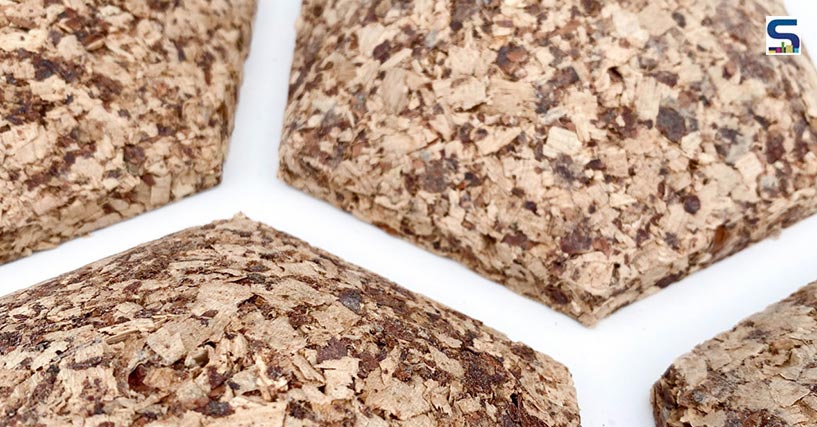
The mixture is then filtered where smaller dustier particles are removed from the lot. According to Swanzy, “It is possible to capitalize on the structural integrity of the waste material, and therefore minimize the amount of bonding agent required.” His process aims at utlising waste to the maximum while keeping any additions at a minimum.
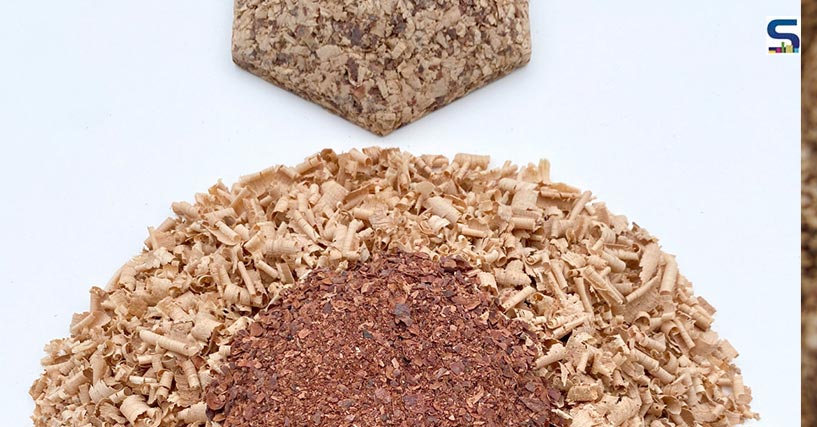
Ideal for interior applications, HexBix tiles are soundproof. The wood tiles are made out of 93 per cent waste. As the cocoa husk tiles need a little more bonding than the wood ones, they are made of 89 per cent waste.

Swanzy uses PVA as a bonding agent, which is touted to be an environmentally good glue as it is fully biodegradable under the right conditions. However, he wishes to find better alternatives so that the tiles can find a way back into the circular economy.

Image credits: Henry Swanzy